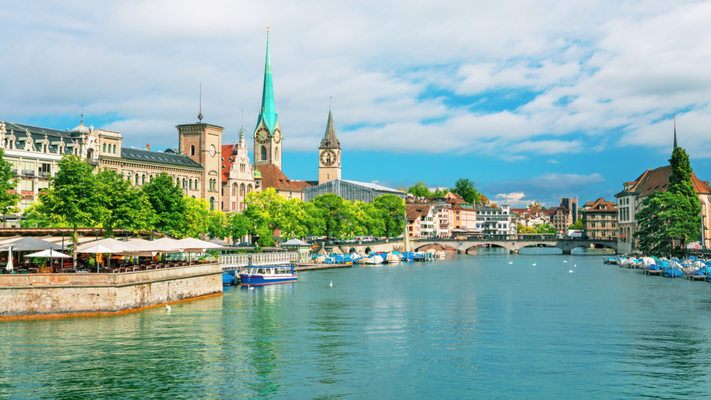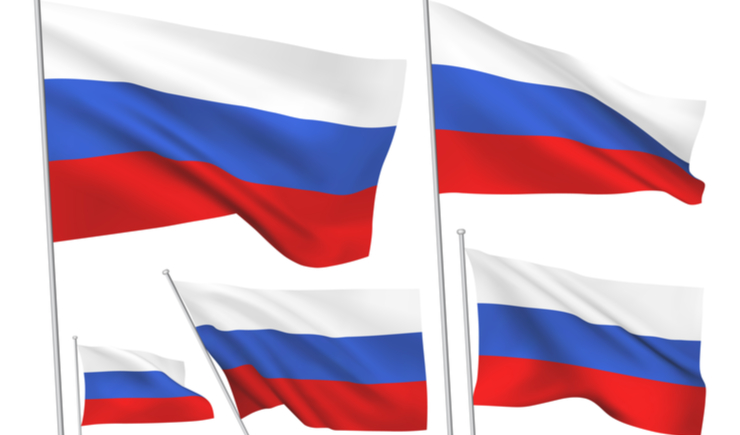Is there anything more cliché ridden than calling rosé “food friendly”? It sort of like calling mustard and ketchup BBQ friendly, which of course is all true. Rosé wine is versatile because it lies somewhere between the extremes of red and white wines—more depth than a light white, but less intense than big, tannic reds. Pale pink to salmon colored, rosé tends to be fresh and acidic, without extra sugar that would disguise its mineral/fruity flavors and aromas.
Will Lyons of the WSJ writes, “This is a wine you can enjoy chilled and served on its own while sitting in the garden or as a simple aperitif before supper. It should possess good citrusy acidity and a smell replete with summer fruits—strawberries, raspberries, peaches and melon. And it should be dry.”
France is the motherland of traditional, dry rosé, and it’s hard to go too far astray with any rosé from Provence or the Rhone or Loire valleys.
To put his taste buds to the test, Mr. Lyons did a blind tasting of 32 rosés from different countries and regions. What stood out? The Provençal rosés. Read here from Mr. Lyons his top 10 picks for French rosés.
A votre santé!
If you’re willing to fight for Main Street America, click here to sign up for the Richardcyoung.com free weekly email.




